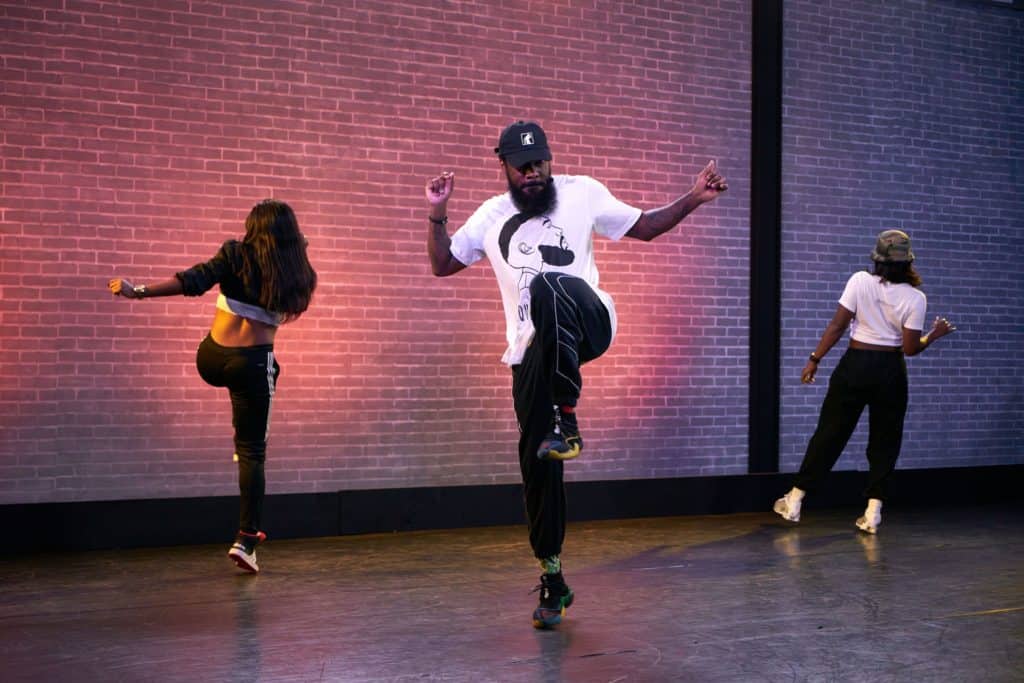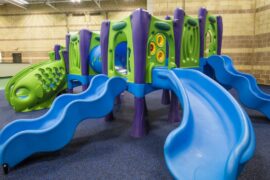Welcome to the Groovy Guide for Parents: Understanding Hip Hop Dance Styles
Hello there, dynamic parents! Are you ready to dive into the vibrant world of hip hop dance with your little movers and shakers? Well, you’ve come to the right place! Hip hop is not just a style of dance; it’s a culture, a way of life, and an art form that has captured the hearts of many around the globe, including our youngest generation. Whether your child is an aspiring b-boy or b-girl or simply looking for a fun way to express themselves, understanding the different styles of hip hop dance is the first step on a thrilling journey of rhythm, creativity, and self-expression.
In this comprehensive guide, we’ll explore the various styles of hip hop dance so you can get a feel for the moves and grooves that might resonate with your child. From the breakdancing battles of yesteryears to the latest choreography seen in music videos, hip hop dance is constantly evolving, offering kids an incredible array of styles to learn and love.
The Roots and Routes of Hip Hop Dance
Hip hop dance originated in the 1970s in the streets of New York City, specifically the Bronx. The social and cultural movement gave rise to a new form of expression that encompassed not just dance, but also art, music, and fashion. It became a voice for the youth, a tool for storytelling, and a means of coming together as a community. As you introduce your child to hip hop, it’s enriching to delve into the history that shapes the ethos of the hip hop community—a tale of resilience, camaraderie, and pure passion for the beat.
Breakdancing: The Athletic Power Moves
Perhaps one of the most recognized forms of hip hop dance is breakdancing, also known as breaking or b-boying/b-girling. It’s characterized by its athletic and acrobatic features, with dancers often performing impressive power moves, freezes, and footwork on the floor. Kids love it for its high energy and the challenge it brings. It teaches discipline, strengthens the body, and when done safely (we’ll talk about safety, don’t worry!), it can be a thrilling experience.
Popping and Locking: The Funky Robotics
On to popping and locking, two styles that often get paired together but are distinctly different. Popping involves jerking the body in a way that makes the dancer look like they’re popping to the rhythm of the beat. Locking, on the other hand, is about quick, exaggerated movements followed by “locks” or pauses. These funk styles are fabulous for kids who love to add a little drama and flair to their dance routine.
Krump: The Expressive Storytelling
Another intense and passionate dance form is krump. It’s a relatively newer style that allows for a lot of personal expression and storytelling. Krump is characterized by its aggressive movements, emotional intensity, and freestyle nature. For children who have loads of energy and emotions to channel, krump can be an incredible outlet.
Choreography and Freestyle: The Modern Flavors
Now, let’s not forget about choreography-based hip hop, which is often seen in music videos and competitive dance. Choreo hip hop focuses on routines and precision, with dancers performing synchronized movements. This style can be great for kids who love to memorize patterns and work as a team. On the flip side, freestyle is all about improvisation and flowing with the music, allowing children to truly put their personal stamp on the dance.
All these styles form the rich tapestry of hip hop dance, with each one offering different benefits and experiences for kids. In the following sections, we’ll explore each style in detail, provide tips on how to keep your child safe while dancing, and discuss the benefits of hip hop dance for kids’ physical, mental, and social development. So, let’s lace-up those sneakers and get ready to groove—the hip hop world awaits!

5 Essential Tips for Parents: Preparing Your Child for Hip Hop Dance
As you embark on this dance adventure with your child, there are some key things to know to ensure a successful and enjoyable experience. Here’s a handy list of five essential tips for parents:
1. Get the Right Gear
Dress your child for success! Hip hop dance is all about comfort and mobility. Invest in some quality sneakers that provide good ankle support and have a smooth sole for those slides and spins. Moreover, loose-fitting clothes will allow freedom in movement, but ensure they’re not too baggy to avoid any tripping hazards.
2. Learn The Lingo
Understanding hip hop terminology can help you connect with your child’s experience. Terms like “toprock,” “downrock,” and “cypher” are just a few examples of the jargon in this dance world. Not only will this help you communicate with your child about their new hobby, but it will also show your support and interest in their passion.
3. Encourage Practice and Patience
Hip hop looks effortless when performed by pros, but it requires a lot of practice. Encourage your child to be patient with themselves as they learn. Practice is key, and with time, they’ll be able to master the intricate moves and routines.
4. Emphasize the Importance of Warming Up
Pre-dance warm-up is crucial in preventing injuries. Teach your child to spend at least 10 minutes warming up their muscles before going full-out in their dance. Incorporate stretches and light cardio to get their heart rate up and muscles loose.
5. Find a Supportive Dance Community
Finally, consider enrolling your child in a dance school or community program where they can learn in a structured environment. Being a part of a community can make the learning process even more enjoyable. It offers a sense of belonging and a chance to foster friendships with like-minded peers.
Diving Deeper Into Hip Hop Dance: Styles Breakdown
Now that you’re armed with some foundational tips to prepare your child for hip hop dance, let’s explore each style further.
Detailed Breakdown of Breakdancing Moves
Breakdancing is physically demanding and requires a lot of strength and coordination. Moves like the “six-step” lay the foundation, while “headspins” and “windmills” take the dance to acrobatic heights. It could be a good idea to start with basic floor work since power moves require a higher level of skill and physical fitness.
Understanding Popping Techniques
The illusion of popping comes from quickly contracting and relaxing muscles to the beat. This style can captivate an audience and is often performed to funk music, giving a vibrant feel to the movements. Popping includes substyles like “waving” and “tutting” that focus on fluidity and precision.
Theatrics of Locking Explained
Locking is a playful and engaging style that’s all about timing and rhythm. Encourage your child to have fun with movements like “points,” “locks,” and “pacing,” which are fundamental to this style. Locking is a great way for kids to build confidence as they perform with plenty of expression and character.
Krump’s Emotional Release
In krump, dancers tell a story through raw and rapid movements. It’s an outlet for emotions and energy, making it a powerful art form for self-expression. Understanding krump’s cultural background will give your child a deep appreciation for this intense style.
Choreography Routines vs. Freestyle
Choreographed hip hop can involve learning complex routines and sync with a group. On the other hand, freestyle is all about improvisation and individuality. Both styles can help children develop discipline, memory, and creative thinking.
Maximizing the Benefits of Hip Hop Dance for Kids
Hip hop dance is more than just physical exercise; it promotes mental well-being and social skills. Regular practice can improve a child’s flexibility, rhythm, and strength. In terms of social benefits, dancing in a group enhances teamwork and respect for others. Furthermore, expressing themselves through dance boosts kids’ confidence and helps with emotional development.
To maximize these benefits, create a supportive environment at home. Play hip hop music, encourage dance practice and, most importantly, show interest in their progress. Let your child teach you a move or two—it’s a wonderful way to bond and creates a supportive atmosphere that nurtures their passion for dance.
See more great Things to Do with Kids in New Zealand here. For more information see here
Disclaimer
The articles available via our website provide general information only and we strongly urge readers to exercise caution and conduct their own thorough research and fact-checking. The information presented should not be taken as absolute truth, and, to the maximum extent permitted by law, we will not be held liable for any inaccuracies or errors in the content. It is essential for individuals to independently verify and validate the information before making any decisions or taking any actions based on the articles.




